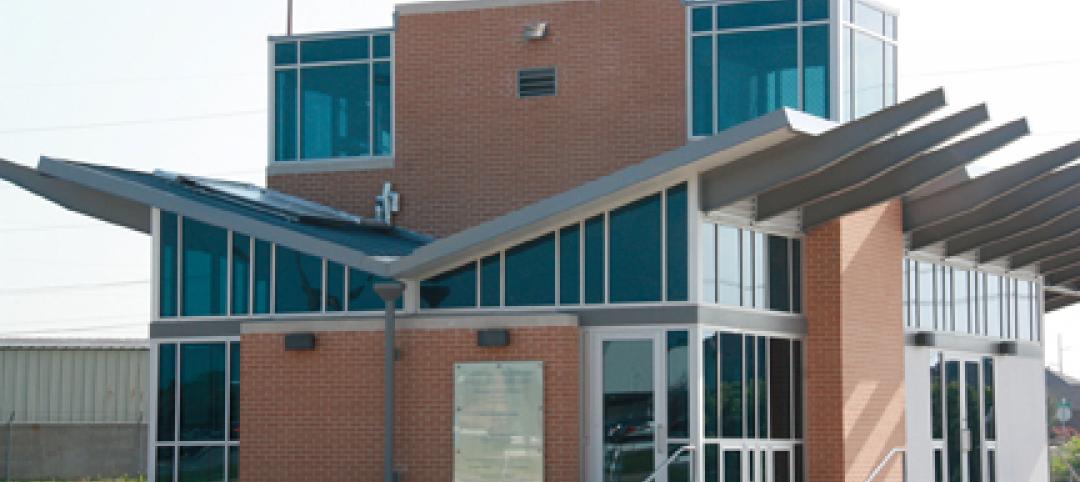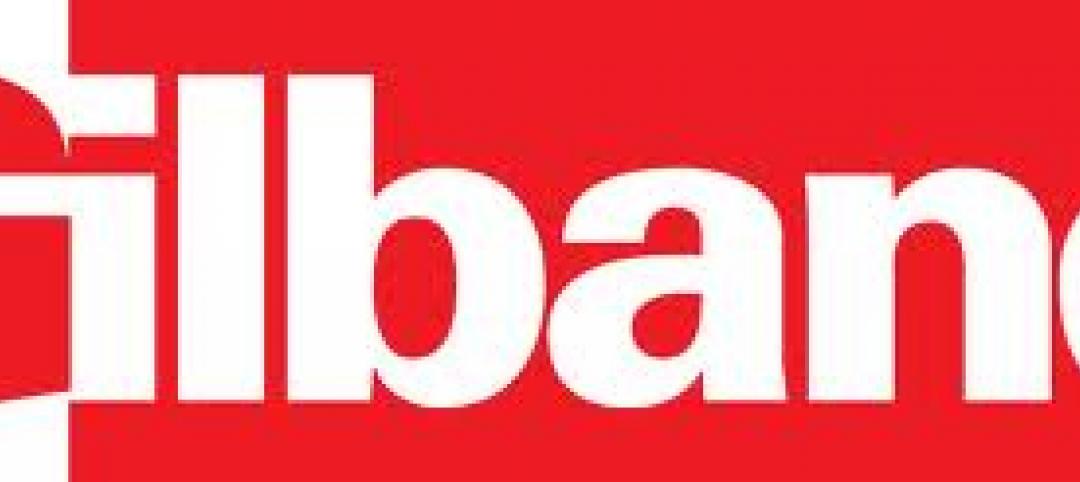More jurisdictions are utilizing the new International Green Construction Code as a tool to address sustainable construction for new and existing buildings. Fort Collins, Colo., and Kayenta Township, Ariz., are the most recent in a series of local and state governments that have adopted the IGCC, according to the International Code Council. These two actions follow earlier adoptions by Richland, Wash. and the state of Rhode Island. Fort Collins is the first jurisdiction in Colorado to adopt the IGCC and Kayenta is the first Native American tribal adoption and the first jurisdiction in Arizona to adopt the IGCC. The Code Council expects several more state and local adoptions of the IGCC within the next few months.
In March, the Fort Collins City Council voted to approve significant extractions from the IGCC and the National Green Building Standard, ICC 700, as part of green building code amendments to the city's building codes, which already includes nine I-Codes. The effective date for the provisions is January 2012.
Kayenta adopted the IGCC Public Version 2.0 on a voluntary basis and the code may be incorporated into the community’s Comprehensive Zoning Ordinance. Kayenta adopted the code with specific requirements related to greenfields, conservation areas, and agricultural land.
“The emergence of green building codes and standards is an important next step to provide communities with the opportunity to build sustainable and safe buildings,” Richard P. Weiland, International Code Council Chief Executive Officer said. “We are pleased to recognize Kayenta Township and the Navajo Nation as the first Native American community in the United States to adopt the International Green Construction Code and Fort Collins for being the first jurisdiction in Colorado to adopt the code."
The IGCC applies to new and existing, traditional and high-performance commercial buildings. It includes ANSI/ASHRAE/USGBC/IES Standard 189.1 as a compliance option. Coordinated with the ICC family of codes, the IGCC is designed to go beyond traditional code requirements for communities that are pursuing safe and sustainable construction.
The IGCC Public Version 2.0 offers a Zero Energy Performance Index (zEPI), requiring buildings to use no more than 51 percent of the energy allowable in the 2000 International Energy Conservation Code.
Examples of provisions in Public Version 2.0 include:
- A 20 percent water savings beyond U.S. federal standards for water closets in residential settings
- New requirements for identification and removal of materials containing asbestos
- Land use regulations including new provisions addressing flood risk, development limitations related to “greenfields,” use of turf grass and minimum landfill diversion requirements
- Clarification of responsibilities from the registered design professional to the owner to prevent potential conflicts with state and local requirements
- Greater consistency with industry standards for air handling systems
The IGCC’s cooperating sponsors are the American Institute of Architects (AIA), ASTM International, the American Society of Heating, Refrigeration and Air Conditioning Engineers (ASHRAE), the U.S. Green Building Council, and the Illuminating Engineering Society (IES).
IGCC will be published in 2012 after code development hearings in May and final hearings in November.
About the International Code Council
The International Code Council, a membership association dedicated to building safety, fire prevention and energy efficiency, develops the codes used to construct residential and commercial buildings, including homes and schools. Most U.S. cities, counties and states choose the International Codes, building safety codes developed by the International Code Council. The International Codes also serve as the basis for construction of federal properties around the world, and as a reference for many nations outside the United States.
Related Stories
| May 7, 2012
4 more trends in higher-education facilities
Our series on college buildings continues with a look at new classroom designs, flexible space, collaboration areas, and the evolving role of the university library.
| May 7, 2012
Best AEC Firms: MHTN Architects nine decades of dedication to Utah
This 65-person design firm has served Salt Lake City and the state of Utah for the better part of 90 years.
| May 7, 2012
2012 BUILDING TEAM AWARDS: Fort Belvoir Community Hospital
A new military hospital invokes evidence-based design to create a LEED-certified facility for the nation’s soldiers and their families.
| May 3, 2012
2012 BUILDING TEAM AWARDS: Rush University Medical Center
This fully integrated Building Team opted for a multi-prime contracting strategy to keep construction going on Chicago’s Rush University Medical Center, despite the economic meltdown.
| May 3, 2012
Best commercial modular buildings and marketing programs recognized
Judges scored entries on architectural excellence, technical innovation, cost effectiveness, energy efficiency, and calendar days to complete.
| May 3, 2012
Zero Energy Research Lab opens at North Texas
The living lab—the only one of its kind in Texas—is designed to test various technologies and systems in order to achieve a net-zero consumption of energy.
| May 3, 2012
NSF publishes ANSI standard evaluating the sustainability of single ply roofing membranes
New NSF Standard provides manufacturers, specifiers and building industry with verifiable, objective criteria to identify sustainable roofing products.
| May 3, 2012
Gilbane to provide CM services for North Reading’s integrated middle/high school
The project scope includes a wastewater treatment plant, demolition of the existing high school and extensive athletic fieldwork.
| May 2, 2012
Public housing can incorporate sustainable design
Sustainable design achievable without having to add significant cost; owner and residents reap benefits














